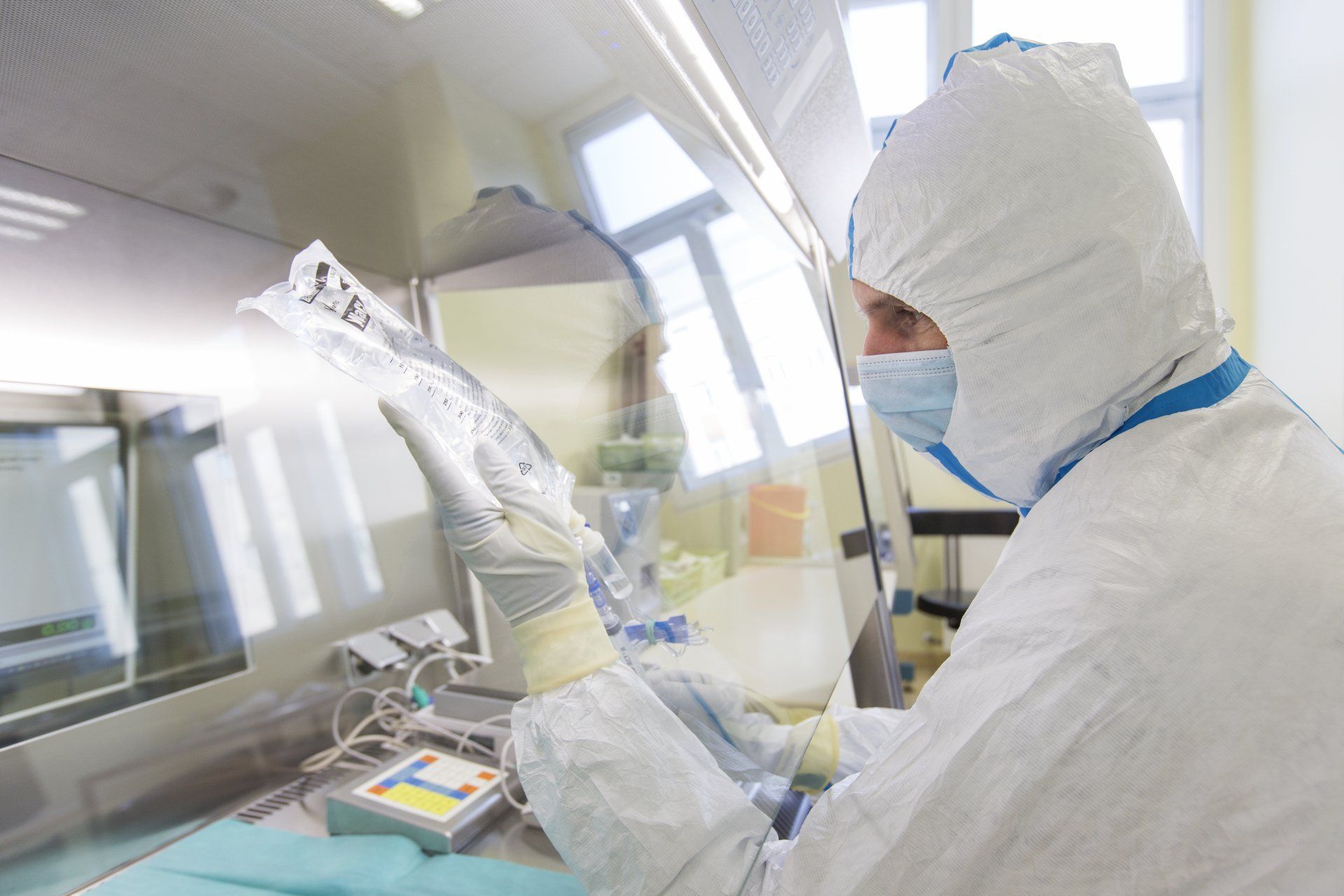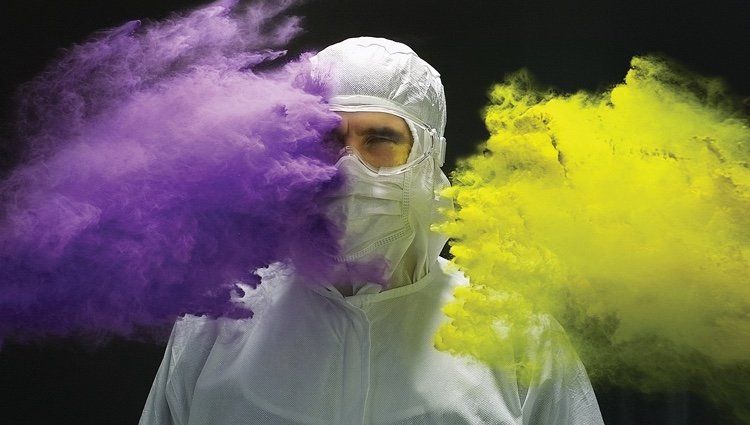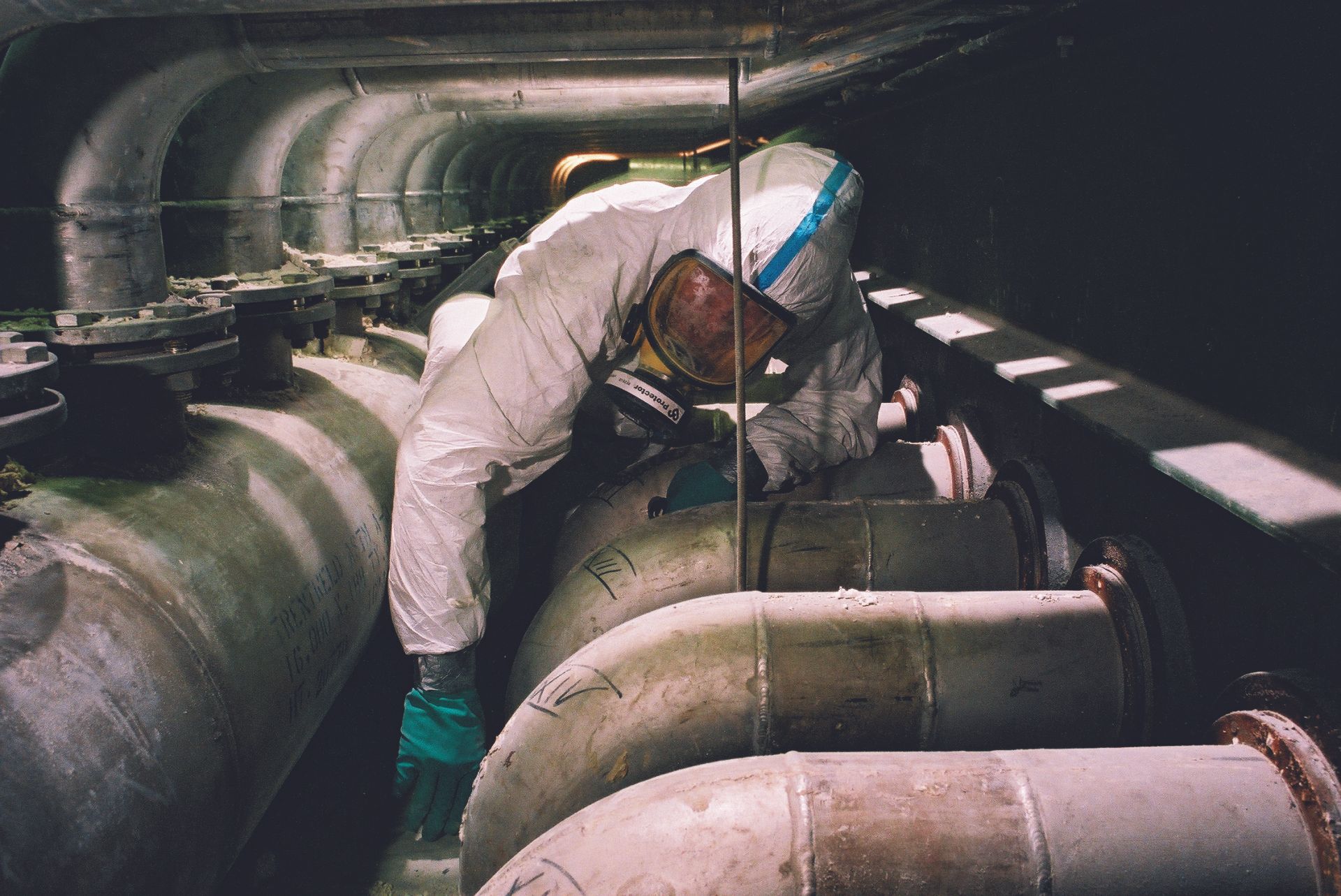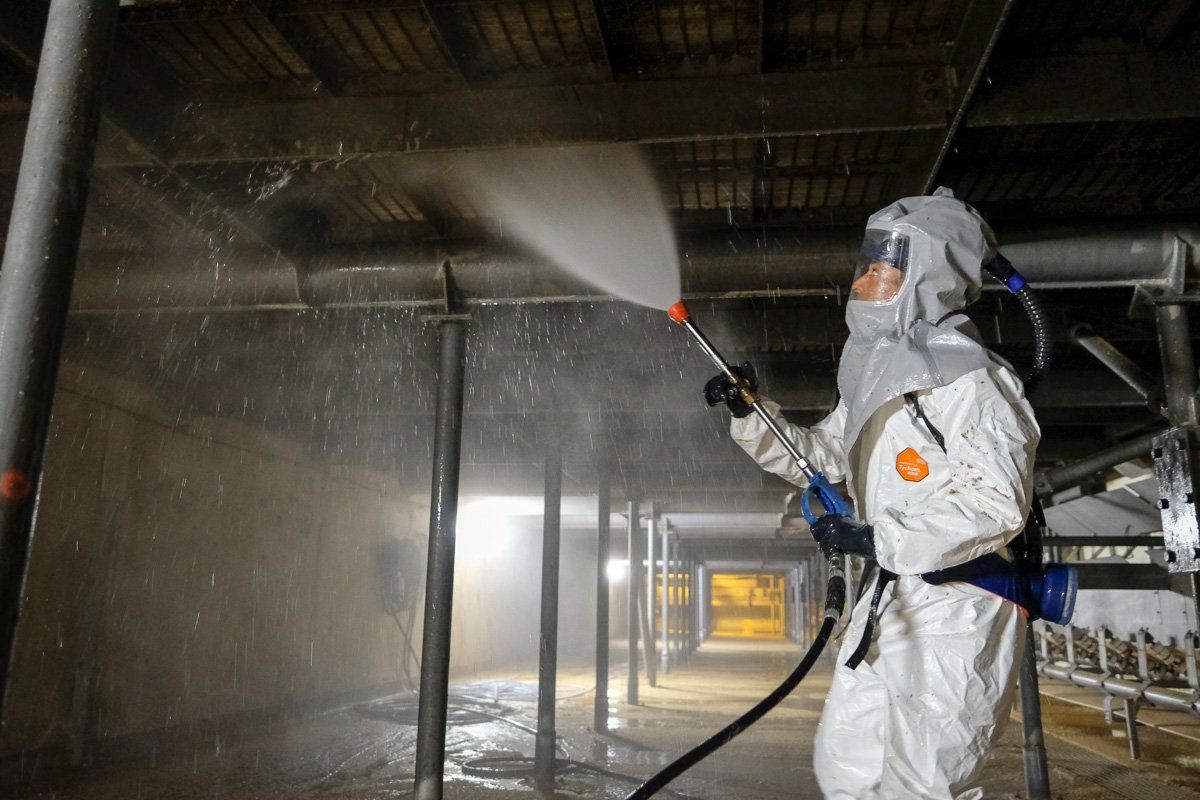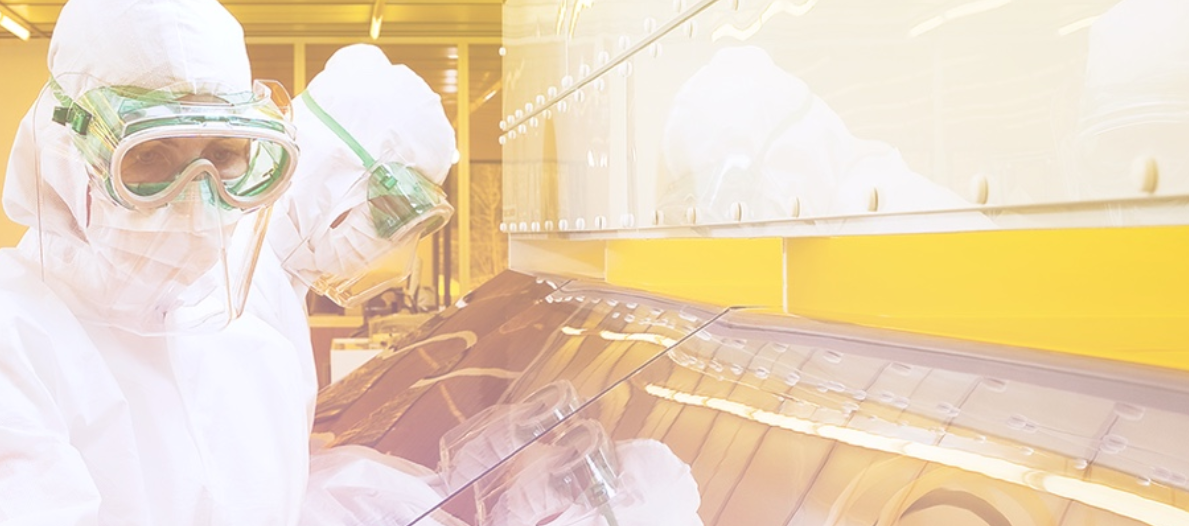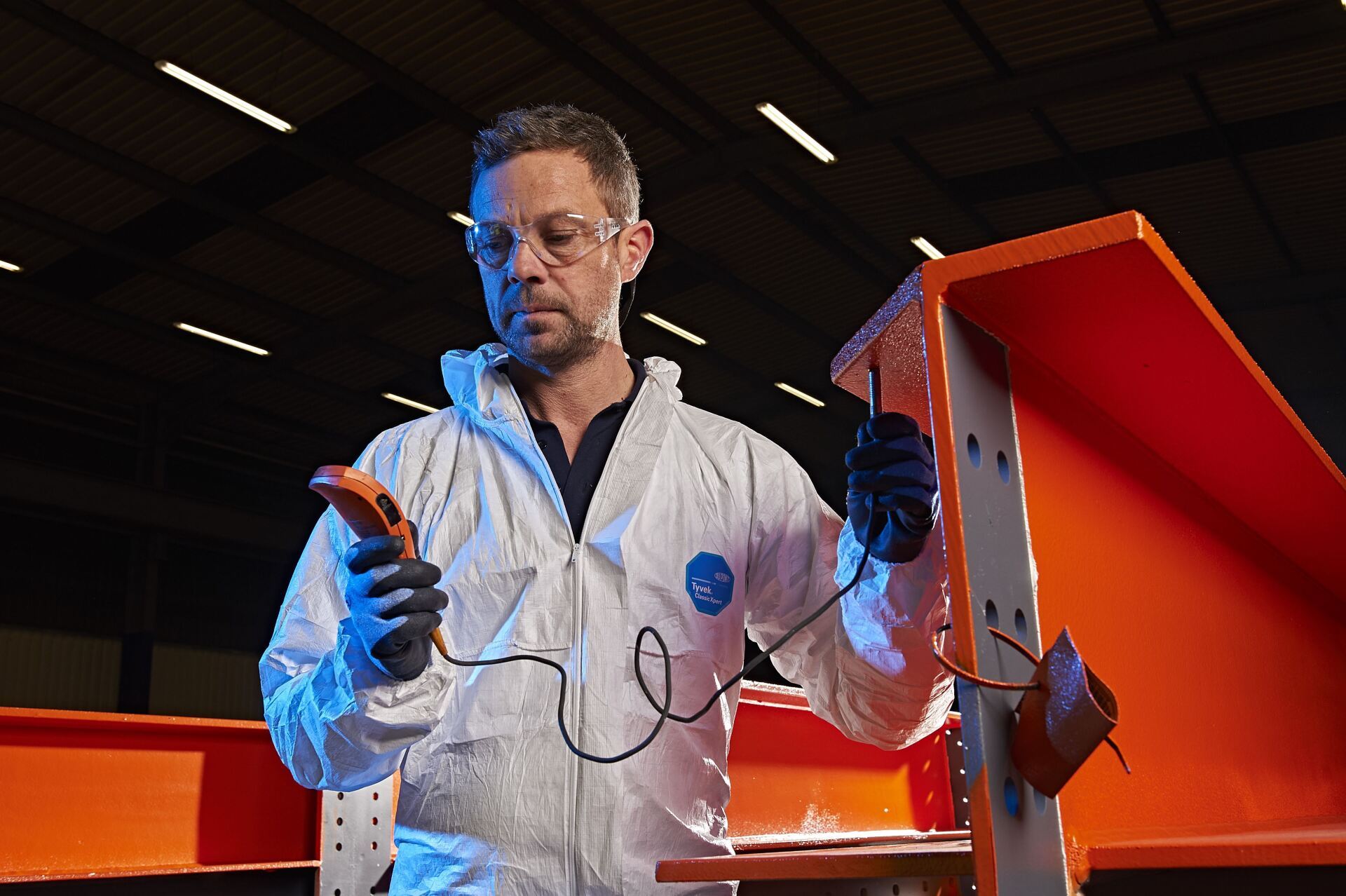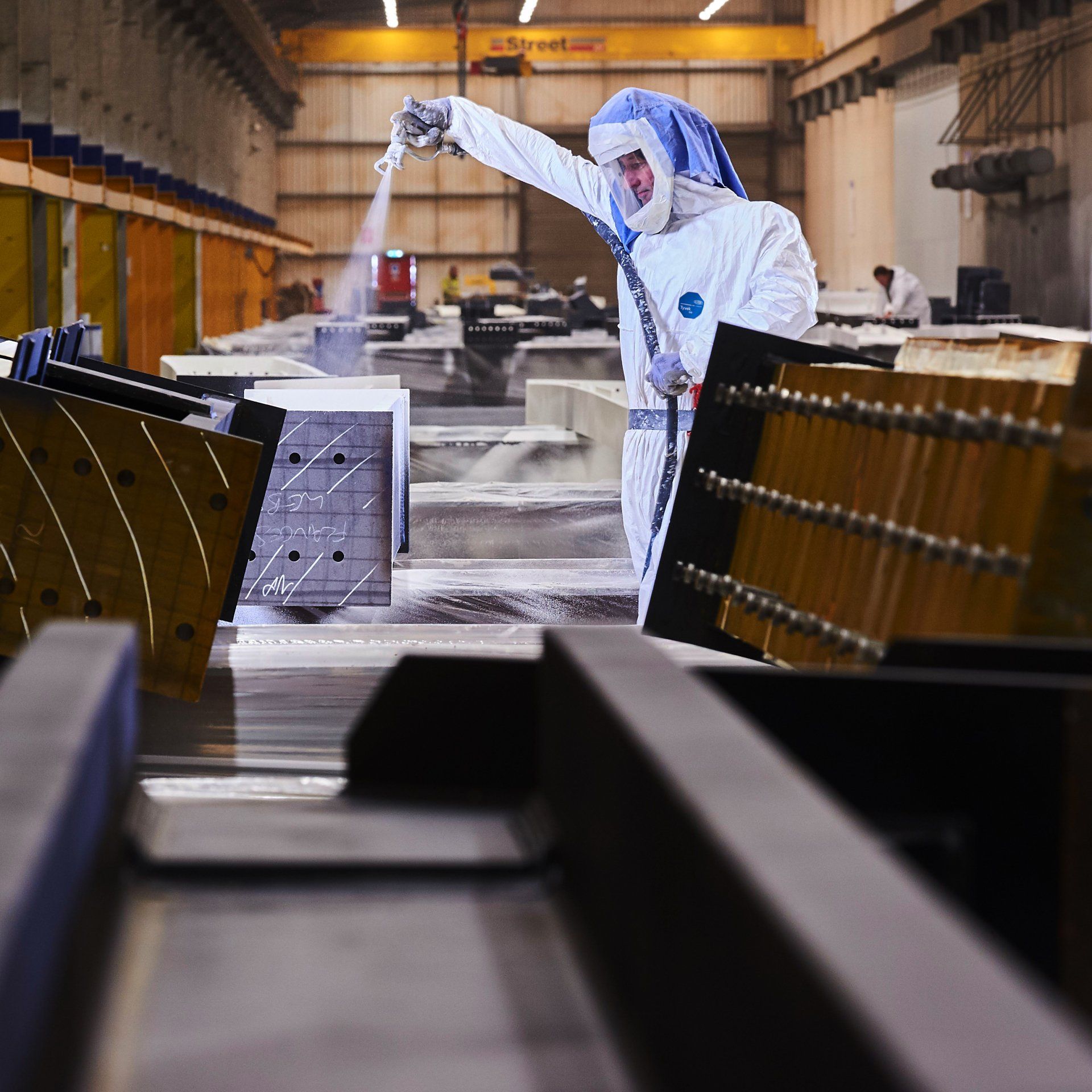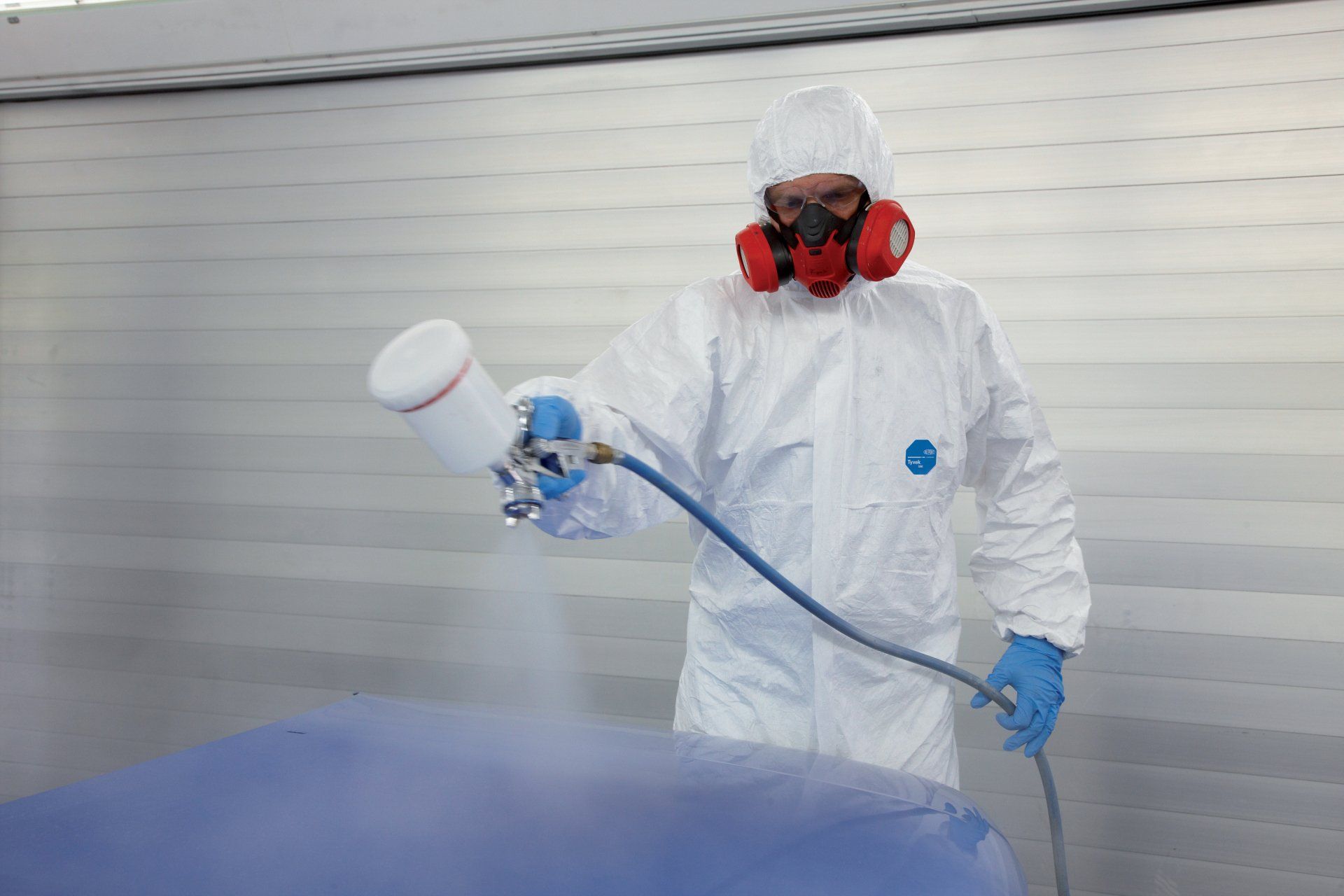Donning and Doffing with Tyvek®
Protective coveralls are intended to protect against contamination from hazards in your working environment, ranging from liquid and solid chemicals, oils, non-toxic liquids, airborne substances, dusts and fibres. In some working environments, such as laboratories and crime scenes, protective clothing is required to stop human contamination (i.e. hairs, shedding skin and clothing fibres) of the area. However, just wearing the garment is no guarantee of protection and several factors need to be taken into consideration to ensure that the suit you choose will be providing the necessary level of protection.
Selecting the garment
When you select protective garments, the key issues to be taken into account are:
• Barrier protection (penetration and permeation)
• Resistance (garment robustness)
• Quality (of the garment material, zipper, seams, comfort, size and fit)
• Convenience (garments should be user friendly)
• Environmental compatibility (disposal should be safe and cost-effective)
• Cost (although it is not recommended to make a decision based solely on price)
• Tests and utilisation (once a garment has been analysed and it meets the necessary requirements, an in-use test under real working conditions should be performed)
It is important that you choose a coverall that not only offers the correct protection but also fits the person properly. Choosing the correct size is a prerequisite not just for greater safety but also for greater comfort.
Donning the coverall
Whilst you may not think too hard about how you put on your clothing in the morning, putting on a protective coverall correctly is instrumental to the performance of the garment. Once the appropriate coverall has been chosen, a contamination free changing room should be made available away from the workplace for workers to get dressed. Any objects that could obstruct work should be removed from pockets and left in a secure environment. Begin by sitting on a chair and removing your footwear.
Then, carefully put your feet into the leg of the coverall one by one, before putting on and securely lacing your safety shoes or boots. At this point you should put on the correct gloves for the application. If you are using two sets of gloves, put the first set on now. Standing up, pull the suit up to your waist and place your arms into the sleeves. Before zipping up the suit, put on any goggles, masks etc and ensure they are fitted correctly, are comfortable and there are no gaps. Pull the hood up over your head and zip the coverall to the very top, pushing the zip down to lock. If you are wearing a second set of gloves put these on over the first pair of gloves, covering the wrist and sleeves of the coverall.
It is recommended that all gaps and joins should be sealed with adhesive tape, including the ends of the gloves and around the face where the hood meets the facemask. A colleague should be present to check that the suit is donned correctly and that all gaps are sealed.
Doffing the coverall
Unless great care is taken in the removal and disposal of single-use protective garments, there is a risk of cross contamination from the surface of the garment to the wearer’s skin or hair or to other employees and family. The protective suit should be removed in a contamination-free space. Before taking off the protective clothing, it is advisable to clean the gloves and boots in order to prevent dust being thrown up. Masks and zip covers should be wiped clean too. Any protective items removed, such as adhesive tape, should be immediately disposed of in a chemical waste container provided for this purpose.
With the protective gloves still on, the wearer should begin rolling the hood back, taking care not to let the outside of the coverall touch the head. Unzip the coverall and begin rolling that outwards, rolling it down over your shoulders. Place both hands behind your back and pull down each arm until completely removed. Sit down and remove each shoe then roll the coveralls down (ensuring the contaminated side is not touched or comes into contact with clothing) over your knees until completely removed.
Finally discard the suit in the bag provided and remove your gloves. When discarding the protective suit, it is important to hold it by the non-contaminated inner surface in order to prevent contact with the hazardous substance. The process of removing the suit results in contamination of the workplace, so this area must be cleaned as well. Leaving the danger zone whilst still contaminated poses a risk not only to the wearer of the protective suit, but also to others who are not involved in the procedure.
Read full expert guide to choosing and wearing personal protective equipment
View full range of Dupont Tyvek coveralls HERE and for more information on the brands we can supply view our brand page

